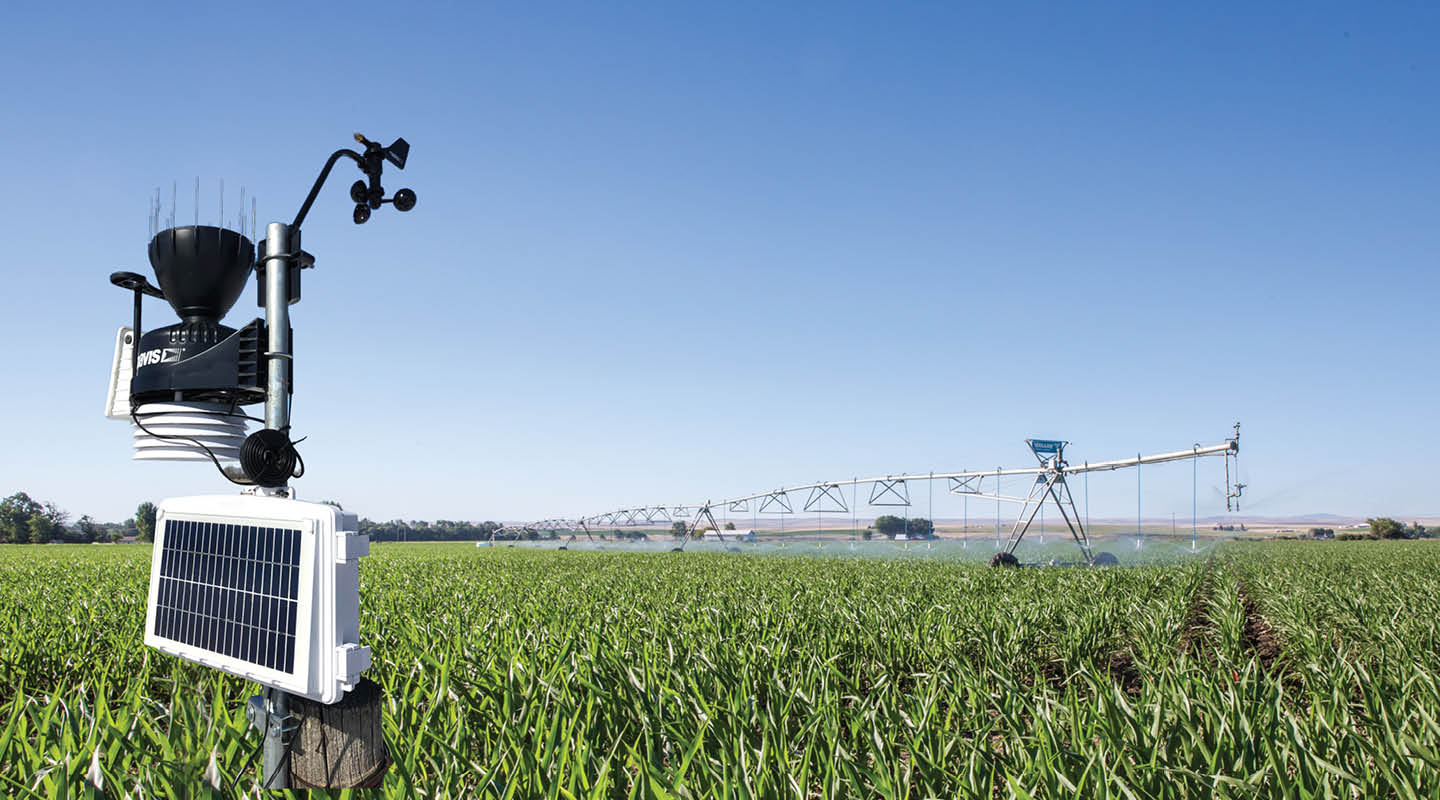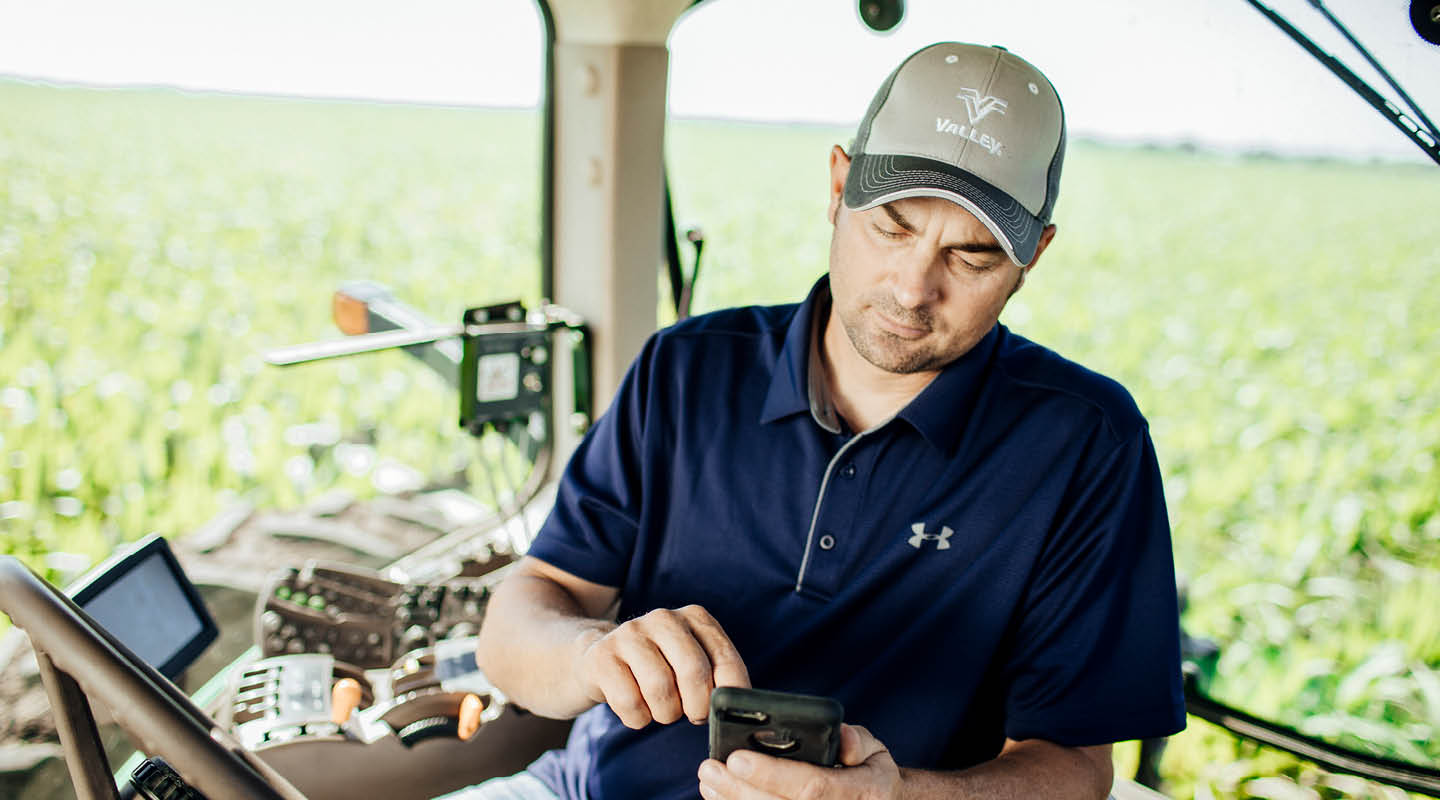Every farmer knows they can’t control the weather.
What they CAN control is the source they trust for their weather information.
Newspapers, TV, the Internet and even the rain gauge on the back porch can help determine weather conditions. But those sources are lacking in one way: they don’t indicate actual field conditions, and many growers have fields that are miles away from each other. That’s where an in-field Weather Station outperforms all of them.
 More accurate weather data from your fields helps you make smarter decisions about your irrigation.
More accurate weather data from your fields helps you make smarter decisions about your irrigation.
No Guesswork
With an in-field weather station, there’s no more guesswork. The data comes right from your field instead of from the weather Doppler in town. If conditions vary from town to town, they’re going to vary from one field to the next, too. The data collected from an in-field weather station is going to help you make the right decisions at exactly the right times, especially when it comes to irrigation.
Obviously, knowing rainfall totals will help you decide if you even need to irrigate at all. Having this information will conserve both water and energy. When irrigating, you’ll also be able to see temperature, wind speed and wind direction. Watching these trends will help you decide if any adjustments need to be made to the application rate to better serve the needs of the crops.
Remote Monitoring
In addition to irrigation, this data can help you make decisions about applying crop protection products. Using information about in-field wind conditions will help ensure that expensive product is getting where it needs to go and that it doesn’t blow away. Not only that, but having the ability to remotely monitor wind speed right from a phone app will help sprayers make sure that they’re not putting the neighbor’s crop in jeopardy, either.
Before the growing season, you can use temperature, wind conditions and relative humidity to determine when to get in the field. Rather than driving around from field to field, growers can use their app to set up alerts to let them know when field conditions are most favorable.
 Save water, energy, chemicals, stress and time with a more reliable source of weather information.
Save water, energy, chemicals, stress and time with a more reliable source of weather information.
Reporting is Important, Too
Once the season is over, historical data and reporting can be a big help to determine what worked throughout the year … and what didn’t. Analyzing this data will allow you to pinpoint areas of the field that need improvement, especially when combined with Valley Insights™. Not only can this data help make smarter farm decisions, it can also be useful if records are needed to maintain a commercial or industrial permit issued by regulatory agencies.
While we still can’t control the weather, it’s easy to see how it may be just as important to control the source of our weather data. In the end, you’ll save water, energy, chemicals, stress and time – all from having a reliable source of weather information.
The saying goes, “if you don’t like the weather, wait five minutes and it will change.” After that five minutes are up, contact your local Valley® Dealer to install a Weather Station in your fields.